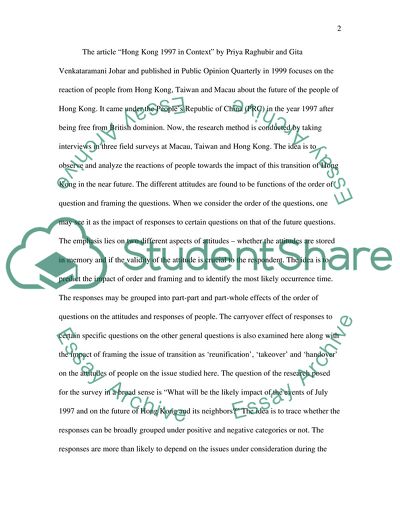Cite this document
(Hong Kong and China after 1997: The Real Issues Case Study, n.d.)
Hong Kong and China after 1997: The Real Issues Case Study. Retrieved from https://studentshare.org/politics/1717652-1997-and-the-hong-kong-people
Hong Kong and China after 1997: The Real Issues Case Study. Retrieved from https://studentshare.org/politics/1717652-1997-and-the-hong-kong-people
(Hong Kong and China After 1997: The Real Issues Case Study)
Hong Kong and China After 1997: The Real Issues Case Study. https://studentshare.org/politics/1717652-1997-and-the-hong-kong-people.
Hong Kong and China After 1997: The Real Issues Case Study. https://studentshare.org/politics/1717652-1997-and-the-hong-kong-people.
“Hong Kong and China After 1997: The Real Issues Case Study”. https://studentshare.org/politics/1717652-1997-and-the-hong-kong-people.


